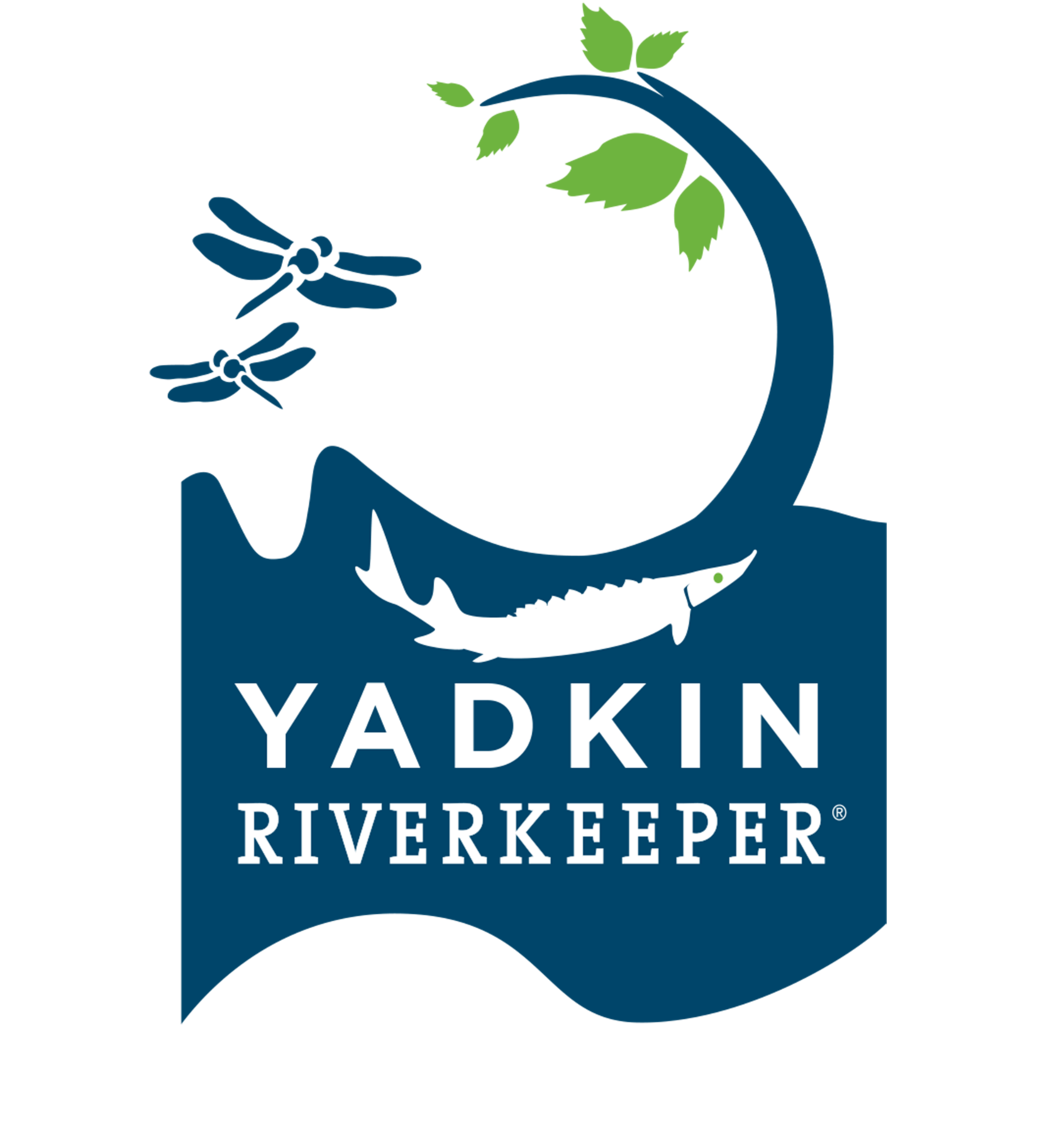Partnering with the Piedmont Triad Regional Council (PTRC) with funding from the National Fish and Wildlife Foundation's Wells Fargo Resilient Communities grant program, Yadkin Riverkeeper is developing a framework for a total watershed nutrient management plan.
A core part of this plan is creation of a Nutrient Assessment Tool for our basin – a computer modeling program using a Geographic Information System (GIS) to predict areas of concern in our watershed. This is the first tool of its kind to be able to analyze nutrient impacts for an entire watershed, rather than only parts of an area.
GIS specialists at PTRC have used both their expertise with modeling, and their experience with the Yadkin River watershed, to develop the model, which uses a variety of information (including land cover and land use, topography, runoff, etc.) to rank areas of the watershed for their potential contribution to the overall nutrient load of the river.
“One of the things we’ve learned about the Yadkin River Watershed is where our high impact locations are likely to be.” said Yadkin Riverkeeper Brian Fannon. “It allow us to model the entire watershed, and with a basin size of over 7,000 square miles, this is a tremendous help.”
While the model is predictive and cannot replace actual sampling, this tool allows us to focus resources on the areas of the watershed most likely to contribute high levels of nutrients to the system, making our work much more efficient. It also allows us to simulate possible future conditions, such as increased development or impervious surface area, to understand how these could affect the health of our river.
Besides the obvious benefit to our watershed, this tool can be used in other watersheds by inputting data for specific geographies to help them better understand how to protect their waters.

